Procol • February 24, 2025
What is Procure-to-pay (P2P)? An Ultimate Guide
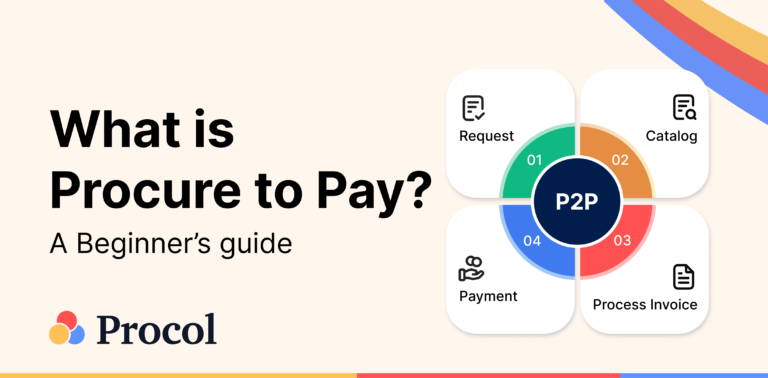
Introduction
Procurement is an integral process for any and every business. What’s indispensable in the procurement process is the payment part of it, or what we call “procure to pay”. Most companies usually face challenges while choosing the right procure-to-pay platform. Hence, it is imperative to not only automate the procurement process but also choose the most suitable p2p software to handle all procurement-related payments.
The procurement process needs to be designed meticulously, with little scope for mistakes. This is where it becomes essential to streamline it so you can eliminate manual tasks completely. Once you succeed in removing manual tasks, you can rest assured that your procure to pay process is sorted.
What is procure to pay?
Procure-to-pay process comprises purchasing goods and services for a business, receiving the goods and services, and ultimately paying for the same. It is also commonly known as purchase to pay and has been derived by putting the process of purchase and payment in chronological order. It is also abbreviated as p2p system or p2p procurement. With the help of a procure to pay tool, you can integrate the process of purchasing with the process of accounts payable.
This helps in creating an efficient process wherein procurement of goods or services for the business is followed by payment against the procured materials. The process of procure to pay falls within the broader segment of procurement management.
Additional benefits of using a procure to pay platform are that it ensures compliance with policies and helps in optimizing purchases by giving a clear reflection of costs incurred. Procure to pay software, thereby helping businesses get a clear reflection of expenditures and thus save costs and reduce risks. When a business is up-to-date on its vendor payments, it automatically boosts its vendor relationships and creates positive external stakeholders.
Procure to pay: The process in detail.
Broadly, the process is divided into two parts: procurement and then payment. The following steps come under these two broad processes:
- Requisition order: This step begins with the identification of required materials by all departments of the company and defining their quantity and quality standards. Thereafter, the request is raised to make the purchases. This involves documenting the required materials and defining the subsequent purchase and approval process.
- Approval of purchase request: The requisition document is then reviewed by the concerned authority within the business. After receiving the go-ahead, the purchase process is commenced.
- Sourcing: At this step, vendors are sourced as per the materials required, and competitive commercials are obtained. After comparing the commercials received and based on the initial inspection of samples, final vendors are selected, followed by formal documentation of details like quantity, prices per unit, delivery time, and quality.
- Raising purchase order (PO): Purchasing orders or POs are usually created on software that is integrated with the procure pay software of the business. This document formalizes the relation of the business with the vendor or the supplier and is then shared with the latter.
- Receipt of goods: This is where the goods are received from the supplier. A thorough inspection of received goods is done based on the previously documented quantity, quality, and other details. Any discrepancies, if found, are pointed out at this stage.
- Invoice creation: Once the company shares formal confirmation of receipt of goods, the supplier then shares the invoice. At this point, the invoice, purchase order, and other initial documents are matched and cross-checked to ensure there is no discrepancy between what was ordered and what was received.
- Payment: Once all confirmations and checks are done, the payment is processed to the supplier within the communicated payment term.
While the above-mentioned steps are generic to the procure to pay process of most companies, there can be multiple additional processes and rules followed in some businesses. For instance, in some companies, there can be a mandate to do a thorough inspection of received goods before giving receipt confirmation.
Procure to pay platforms
P2P procurement is exhaustive and often complicated, not to mention it has been done manually for the longest time. Hence, most procure to pay platforms ideally connect some parts of the process but not the entire process end to end. These are mostly ERP software such as SAP and Oracle that help with PO raising and approvals. However, most procure to pay platforms do not offer the process end-to-end.
There are also multiple automation solutions that a business can use for automating accounts payable. Some of these are Tipalti and AvidXchange. These platforms help with e-invoicing, invoice matching, and payment processing. Usually, such platforms are accessed by both vendors and businesses so both stakeholders can work on POs and invoices in one place.
While understanding the entire procure to pay process can take some time, it is nevertheless doable. The challenge that most businesses, however, face is they often do not know how to choose the right p2p platform. First things first, businesses need to begin by understanding their needs in detail..e what kind of supplies do they need? What volume do they need it in?
Thereafter, the main question is what process will the business follow. This is where the business needs to define the process by mentioning all the steps in it. Then, they need to identify which main features and functionalities will they need in their p2p platform i.e. ERP integration, payment automation, detailed analytics, and so on.
If a business has multiple teams and employees across multiple levels and functions working on the procure-to-pay software, then it is advisable to consider a user-friendly platform that also allows customization to some degree.
Lastly and most importantly, you need to check 5-6 different options available, do a test/trial period if possible, and then make the final decision. You should also factor in the cost of initial set-up as well as the expense your business will incur in the long run for the p2p platform. Hence, procure to pay is easy once automated, but automating the whole process is the main catch!
Why is procure to pay important?
Procure to pay solutions help businesses by organizing their procurement process and streamlining the procurement teams’ efforts while keeping costs in control. It is a one-stop shop to keep all things related to procurement and have real-time visibility of the ongoing. Here are some other benefits that a business enjoys when it uses a procure to pay system:
Efficient financial management:
When procurement, purchase, and payments are all put on one procure to pay platform, it gives businesses a holistic visibility of their expenditure. With the availability of such transparent data, managing finances is easier and also a lot more efficient. Businesses can also set up processes that their employees can adhere to and thus be informed of all activities happening on the procure to pay tool.
Detailed reporting and analytics:
When you have the scope to organize processes within your procurement and finance ecosystem, it means you get a reflection of spending. Not just a reflection but a detailed reporting and analysis of where money is being spent and whether it is being spent at an optimum level. Thus, procure to pay platform keeps you on top of your game with detailed insights.
Streamlining of efforts:
With a procure to pay tool, businesses manage to get the entire process in one place i.e. starting from requisition order to PO making to approvals. Thus, all stakeholders have visibility of the process and can be held accountable. This ensures coordination and collaboration among team members which helps in streamlining processes.
Cost optimisation:
With a reflection on your expenses, you will know which areas you need to cut your costs in or which areas you need to spend more on. Thus, you can allocate finances and budgets accordingly so work keeps happening more cost-effectively.
Fraud protection:
Your p2p software will always keep you up to date on the compliances you need to follow. Any non-compliance in the process will be flagged immediately, thus bringing your attention to the issue instantaneously. This is how procure to pay platforms ensure that businesses adhere to compliances and steer clear of any fraudulent activities.
Strong vendor relations:
When your payment processes are well-defined with approvals taking place on the p2p platform, you never miss out on payment timelines. This keeps your suppliers happy which translates into good and healthy vendor relations. This also helps you create goodwill with vendors and providing them with speedy solutions will only bring reciprocation of the same!
Upper hand on vendor negotiations:
When you create healthy relations with vendors in the market, they often reciprocate by giving additional discounts. Sometimes, they may also provide relaxation in terms of payment and purchase thus giving you the scope to get the best material at the most reasonable costs.
Better management of exceptional cases:
When you have the lion’s share of the p2p system automated, you can redirect your attention to exceptional cases of purchase orders and invoices, which tend to crop up in every business. Such scenarios tend to get neglected when the team is busy handling day-to-day manual processes. However, with such processes going away from the plates of a team member, they can work on a speedy resolution of problem areas.
Efficient operations:
When processes are automated, they leave very little for humans to do, apart from keeping a close watch on the existing set-up. This means businesses can be assured of eliminating errors in their procure to pay system. Also, most procure to pay platforms are developed to help businesses abide by compliance. Hence, you can rest assured about avoiding compliance mishaps.
How does procure to pay software work?
Procure to pay software helps in automating the procurement processes of companies and enables companies to track every step of their P2P process minutely and consequently gain more control over their business.
Below is a detailed step-by-step look at how P2P software empowers businesses:
- Identification of need: This is where the procurement team identifies needs across different departments using a centralised system of communication. Thereafter, the team looks for supplier options from a curated list of options that most P2P platforms offer. Finally the right supplier is chosen.
- Creation of purchase order and approval: The P2P platform facilitates creation of POs within a maximum of 2-3 simple steps. This process can also be automated and all human intervention can be eliminated completely. Once the PO has been created, the P2P platform uses its in-built approval workflow to get the PO approved from all concerned people within the organisation.
- Good receipt and reconciliation: Once the PO has been approved and shared with the supplier, the latter begins the work. Upon delivery, the procurement team checks the received goods and also does three-way matching to ensure that the exact same quantity and quality of goods have been delivered that the organisations had requested for.
- Processing of invoice and final payment: Along with delivery of the order, the supplier also shares the tax invoice with the client or business. Upon complete verification of teh received goods, organisations usually make the final payment using the P2P platform’s pre-existing payment workflow and complete the process.
Get started with Procol’s procure to pay system.
With Procol, businesses get a p2p procurement platform that maximizes their visibility across the process. With our p2p automation, businesses are offered an intuitive platform that enables cross-functional collaboration amongst the procurement teams. This paves the way for an automated system with no chances of mistakes or anomalies.
Procol’s p2p system also helps businesses obtain real-time insights into daily operations, list of procured materials, and current spending among other things. This information helps businesses work more efficiently and optimize costs to stay safely within defined budgets.
The best part is we help businesses identify any underlying risks or compliance issues that might crop up in the process. For instance, tax compliance often becomes a challenge for many businesses.
Here are some unmissable offerings of Procol’s procure to pay platform:
Seamless Intake:
Our p2p software allows a single entry point for all purchase requests of your business. This means all processes are centralized and transparent for the team to view as and when required. This also makes the process of tracking and approvals faster and smoother.
Intuitive Catalog:
Have an in-built catalog of products and services listed from various vendors that are pre-approved in the system. This can help in pacing up the purchasing process and even eliminate the process of cost comparison. Most importantly, it helps procurement teams to reduce the time they spend on looking for suitable vendors.
Automated PR to PO:
With Procol’s p2p software, your processes are completely streamlined, be it raising a purchase requisition or a purchase order. What is even better is that such a p2p tool removes manual data entry from the picture completely, thus reducing the scope for errors.
Accounts Payable:
Procol enables businesses with a p2p tool wherein they can incorporate accounts payable as a feature. This helps in automating invoice processing and consequent payments. This, in turn, ensures punctual payments and keeps your vendor relations positive.
Features of Procol’s p2p tool:
Customizable approval workflows: You can customize approval processes that are suited to your organization’s hierarchy. This will also help in initiating the requests to the appropriate concerned authority.
Inbuilt communication module: With us, you can allow direct interaction between your procurement team members and suppliers within the platform. This helps for quicker discussions, decision-making, and speedier resolutions.
OCR-based 3-way matching: Ensure error-free matching of invoices, purchase orders, and receipt notes before putting payments in motion and avoid errors.
AI-powered spend analytics agent: Use AI to get detailed and real-time data points on your procurement system. Use our p2p software to closely look at processes and adherence, and optimize purchase decisions and costs. Such insights also help in exploring opportunities for saving.
Mobile first for buyers and suppliers: Our p2p software has a mobile counterpart so suppliers and procurement teams can manage invoices, approvals, orders, and transactions while they-are-on-the-go. This helps in avoiding delay because work must always go on!
Procure to pay best practices
While P2P software options usually make the procurement process less complicated and also enable businesses to become more efficient, it is also important for organisations to follow processes accurately and derive maximum benefits from the software they are using.
Here are some ways to ensure best practices:
Standardize processes: One key benefit offered by the software is standardisation of processes. This means using a specific process for a specific need or set of needs every time. For instance, P2P software helps companies in having a standardised process of creating and raising purchase orders. These software options also have a fixed workflow for taking approval from department heads for these POs. Using these workflows helps businesses and procurement teams save their time. These workflows also ensure that scope for errors is either minimal or negligible.
Enhance vendor relations: With procure to pay, companies usually find it easier to organize and structure their supplier data in terms of goods produced, quantity delivered, and charges applicable. With all of this abundant data organized in one place, companies can always choose the best vendors for their needs fulfillment. Also, businesses can keep in touch with their vendors regularly and ensure a pleasant relationship with them. Businesses can also be punctual with their payments when data of purchases from vendors is well-organised in one place, and this also helps in further improving the relationship.
Automate workflows: With procurement tools in place, businesses can organise and keep fixed workflows for all processes. This ensures consistency and uniformity within the team and also removes confusion and errors from the whole process.
Frequently asked questions
What steps are followed in the p2p process?
The different steps followed in the procure to pay process are need identification, approvals, purchase requisition, selecting suppliers and vendors, receiving goods, and ultimately paying for the goods received. Some organizations can tailor the process to include additional steps.
How is p2p software beneficial to businesses?
P2P software usually helps businesses save costs, enhance vendor relations, and streamline their overall procurement effort. They also help with detailed insights and reporting so businesses can make data-driven decisions on how to allocate money to procurement activities.
What is the difference between source to pay and procure to pay?
Source to pay is a holistic, comprehensive process that covers the entire procurement lifecycle. It begins with the identification of needs and ends with payment to suppliers. On the other hand, procure to pay covers only the transactional part of the procurement process, i.e., it begins with purchase requisition and ends with final payments.
What is procure to pay in accounts payable?
In the context of accounts payable, procure to pay covers all processes from identifying the need to looking for the right supplier for the right goods to eventually receiving the goods and making the final payments to the vendor. Within the arena of accounts payable, P2P is concerned with the creation of a purchase order, placing the order, receiving the goods, checking the goods, three-way matching, and eventually the final payment that is due to the supplier.
What is the main benefit of using procure to pay software?
The most significant benefit provided by procure to pay software is that it brings more efficiency to the procurement process and also enables businesses to gain more control over the process. It also enables companies to automate repetitive processes so human resources can be freed up to engage in more strategic tasks. Lastly, it helps businesses reduce unnecessary expenses and thereby maximise profits.
Can I customize approval workflows on procure to pay platform?
Yes, some p2p software allows businesses to tailor the approval workflow as per their organization’s hierarchy. This gives you the freedom to handle your procurement team at your convenience.
Does my business require a p2p platform?
Your business requires a p2p platform if you want to abide by processes and be compliance-driven in your procurement process. It also helps organize and detail out data so you can keep a close watch on expenses and focus on improvement areas regularly.
What features are not included in procure to pay?
Features like vendor onboarding, quality checks, and sourcing are not included within the procure to pay ecosystem.
Explore more from Procol
Discover expert tips, how-to guides, industry insights, and the latest procurement trends.
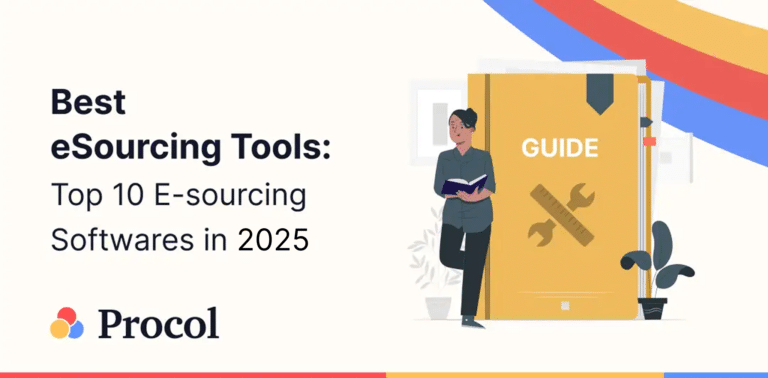
Best eSourcing Tools: Top 10 eSourcing Software in 2025
Discover top 10 e-sourcing tools and esourcing platforms necessary for efficient...
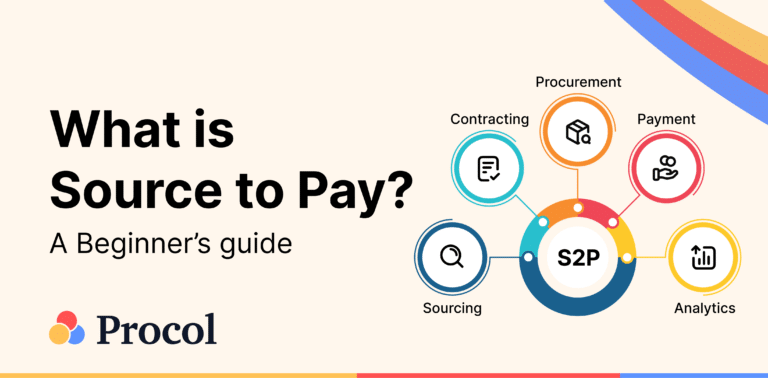
What is Source-to-pay in 2025? An Ultimate Guide
Source to pay is the process of sourcing vendors to procure...
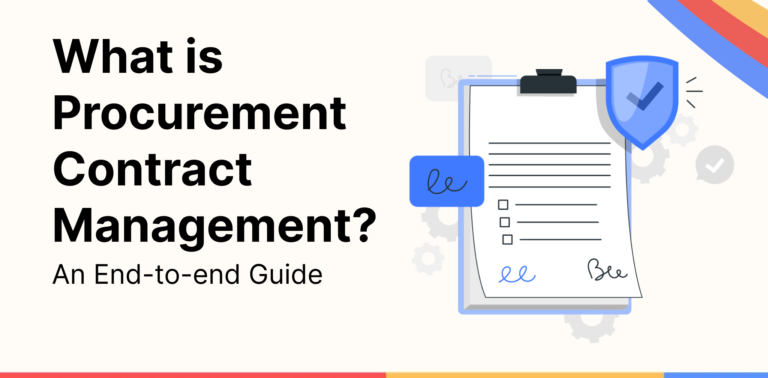
End-to-End Guide to What is Procurement Contract Management?
Wondering what is procurement contract management, then this end-to-end guide explains...

